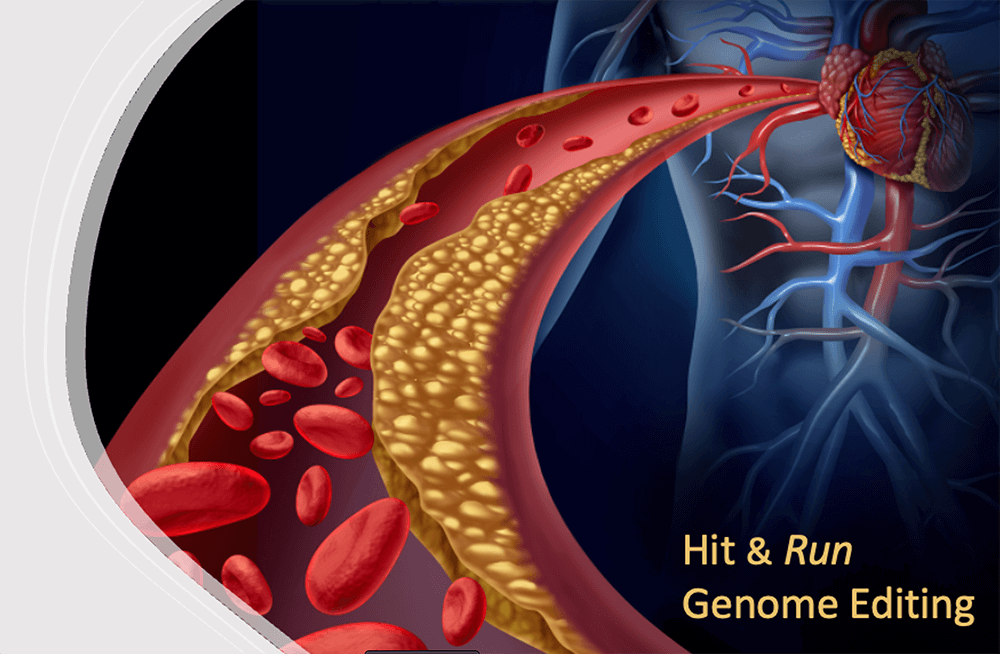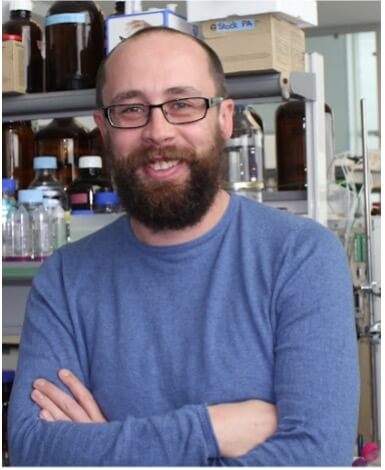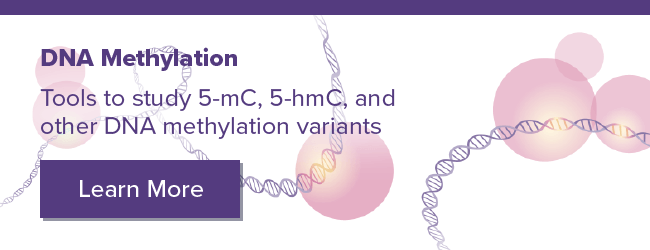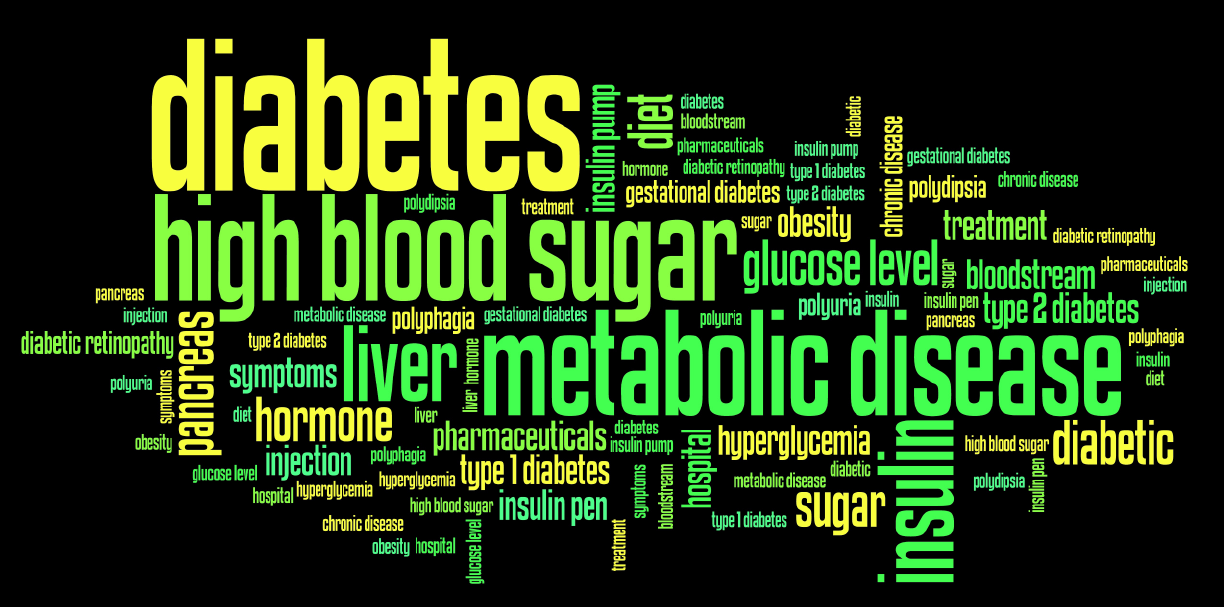<< Back to MOTIFvations Blog Home Page
“Hit-and-Run” Epigenome Editing: An Exciting New Means of Reducing Cholesterol?

April 29, 2024
Table of Contents:
-
Introduction: The Search for a Safe and Durable Therapeutically Relevant In Vivo Epigenomic Editing Platform
-
The Roots of Hit-and-Run Epigenome Editing
-
In Vitro Selection of an Epigenetic Silencing Platform
-
An All-in-One Hit-and-Run Epigenome Editing Platform Optimizes In-Vivo Gene Silencing Effects
-
“Hit-and-Run” Epigenome Editing Safely and Durably Silences Gene Expression and Reduces Cholesterol Levels In Vivo
Introduction: The Search for a Safe and Durable Therapeutically Relevant In Vivo Epigenomic Editing Platform
Epigenome editing aims to modulate gene expression levels without altering underlying DNA sequences (Kungulovski and Jeltsch) as a potentially safe and effective means of treating a host of human diseases. A wide range of in vitro assays has supported the validity of “programmable editors” composed of effector domains from transcriptional repressors/activators targeted to a pre-selected genomic site by programmable DNA-binding domains in altering the expression levels of therapeutically relevant genes. Moving forward, we now require robust in vivo proof of principle for the existence of safe and durable epigenetic/gene expression alterations induced by the transient delivery of programmable editors to support the vast therapeutic potential of epigenome editing.
The Roots of Hit-and-Run Epigenome Editing
Researchers headed by Angelo Lombardo (IRCCS San Raffaele Scientific Institute) previously demonstrated that the transient delivery of programmable editors engineered using critical effector domains from a repressive complex – the transcriptional repressors KRAB (Ecco, Imbeault, and Trono), the catalytic domain of the de novo DNA-methyltransferase 3A (cdDNMT3A), and its cofactor DNMT3-like (DNMT3L) – that permanently silences endogenous retroviruses (Deniz et al.) supported the efficient and durable epigenetic silencing of endogenous gene expression in cell lines and human primary T cells (Amabile and Migliara et al.). In this so-called “hit-and-run” epigenome editing strategy, a single administration (“hit”) of “engineered transcriptional repressors” or ETRs prompted the removal of activating and the deposition of repressive histone modifications at the regulatory regions of target genes and the increase of DNA methylation levels at the same sites, which durably inhibits gene expression, promotes the inheritance of the epigenetic state throughout cell mitosis and, therefore, ensures long term silencing of gene expression in the absence of ETR expression (“and run”).
Can Hit-And-Run Epigenome Editing Reduce High Cholesterol Levels?
To ensure that transient ETR expression induces long-lasting gene silencing in vivo, the authors targeted a hit-and-run epigenome editing strategy to the mouse Pcsk9 gene, whose protein product (Proprotein convertase subtilisin/kexin type 9; PCSK9) controls circulating cholesterol levels by promoting the degradation of the low-density lipoprotein receptor resident on hepatocyte plasma membranes (Sabatine 2019). The inactivation of Pcsk9/PSCK9 remains under investigation as a treatment for genetic and acquired hypercholesterolemia (high cholesterol)(Yin et al. and Musunuru et al.).
In Vitro Selection of an Epigenetic Silencing Platform
Cappelluti et al. screened a variety of ETR architectures targeting the Pcsk9 cholesterol homeostasis gene employing a mouse reporter cell line, which highlighted distinct zinc-finger proteins (ZFPs) fused to cdDNMT3A, DNMT3L, and KRAB as an optimal mouse Pcsk9 gene silencing platform compared to similar constructs created with transcription activator-like effectors (TALEs) and dCas9 instead of ZFPs. Subsequent transcriptomic and DNA methylation analyses suggested that ZFP-based ETRs induced limited perturbations outside the Pcsk9 gene locus, with any off-target effects deriving from the mismatched binding of the ZFPs to off-target sites.
Hit-and-Run Epigenome Editing Durably Silences Target Gene Expression and Reduces Cholesterol In Vivo
The in vivo delivery of this epigenetic silencing platform to the mouse liver employed mRNAs for the three ZFP-based ETRs modified to maximize RNA translation/stability and minimize innate immune responses (Rohner et al.) that they packaged within a lipid nanoparticle selected for its favorable biodistribution and toxicity profiles. A single intravenous administration (“hit”) of the lipid nanoparticle-encapsulated silencing platform prompted a rapid and profound reduction in circulating PCSK9 levels in adult mice, which stabilized at a level of approximately 40% for nearly one year (“and run”). Encouragingly, low-density lipoprotein-associated cholesterol levels also suffered from a significant reduction in ZFP-based ETR-treated mice after approximately one month.
Hit-and-Run Epigenome Editing-mediated Gene Silencing: Durable and Hereditable
Mice subjected to partial hepatectomy, which induces hepatocyte proliferation to regenerate the resected liver, and treated with the described silencing platform displayed a similar reduction in the levels of circulating PCSK9 as uninjured treated mice, suggesting the stability of epigenetic silencing after active cell replication. Analysis of liver samples isolated from injured treated mice also revealed increased DNA methylation levels at the Pcsk9 gene promoter, proving the durability and heritability of epigenetic silencing through liver regeneration and that epigenetically silenced hepatocytes remained competent for liver regeneration.
An All-in-One Hit-and-Run Epigenome Editing Platform Optimizes In-Vivo Gene Silencing Effects
The conversion of the three ZFP-based ETR mRNAs into an all-in-one mRNA configuration – known as the “evolved engineered transcriptional repressor” or EvoETR – aimed to reduce the molecular complexity of the epigenetic silencing platform and make this approach more amenable to clinical translation. An optimized single mRNA encoding all three ZFP-based ETRs supported improved Pcsk9 silencing compared to three separate ZFP-based ETR mRNAs when evaluated in vitro. Meanwhile, a single in vivo administration of EvoETR within lipid nanoparticles induced a 75% reduction in circulating PCSK9 levels until day 43 (and perhaps beyond), which was associated with enhanced DNA methylation levels at the Pcsk9 promoter compared to treatment with the three separate ZFP-based ETR mRNAs. Of note, the optimized EvoETR silencing platform reduced circulating levels of PCSK9 in mice with an efficiency comparable to that obtained through conventional gene editing but without causing potentially deleterious DNA breaks.
“Hit-and-Run” Epigenome Editing Safely and Durably Silences Gene Expression and Reduces Cholesterol Levels In Vivo
Overall, these findings provide proof for hit-and-run epigenome editing as a safe, effective, and flexible in vivo therapeutic strategy that, in this case, durably and efficiently epigenetically silenced target gene expression in the hope of reducing pathologically high levels of cholesterol. ETR technology does not require potentially genotoxic DNA breaks to inactivate the target gene(s), can be reverted by pharmacological intervention or treatment with editors equipped with an opposing transcriptional modulator, and supports temporally controlled modulation of targeted genes and the reversal of any potential treatment-associated adverse effects. The authors do note some room for improvement, which may include future refinement to the RNA payload and/or ETR design, the identification of better-responding ETR target sites, and the application of other DNA binding domain types.
For more on how “hit-and-run” epigenome editing represents an exciting new means of reducing cholesterol, see Nature, February 2024.
About the author

Stuart P. Atkinson, Ph.D.
Stuart was born and grew up in the idyllic town of Lanark (Scotland). He later studied biochemistry at the University of Strathclyde in Glasgow (Scotland) before gaining his Ph.D. in medical oncology; his thesis described the epigenetic regulation of the telomerase gene promoters in cancer cells. Following Post-doctoral stays in Newcastle (England) and Valencia (Spain) where his varied research aims included the exploration of epigenetics in embryonic and induced pluripotent stem cells, Stuart moved into project management and scientific writing/editing where his current interests include polymer chemistry, cancer research, regenerative medicine, and epigenetics. While not glued to his laptop, Stuart enjoys exploring the Spanish mountains and coastlines (and everywhere in between) and the food and drink that it provides!
Contact Stuart on Twitter with any questions
Related Articles
Early Environmental Exposome Synergizes with Later Dietary Choices to Impact Metabolism
February 23, 2023
In this blog, we look at how exposure to these environmental stressors such as endocrine-disrupting chemicals (EDCs) during early development can induce metabolic dysfunction following a metabolic challenge in the adult by reprogramming the epigenome. More evidence of how the exposome of our childhood may set us up to be more vulnerable to metabolic disease later in life.
Read More
Kacme – A New Histone H4 Modification Delivers Non-Mutually Exclusive Histone Acetylation and Methylation
November 28, 2023
Heads, Tails, or Heads and Tails? Researchers led by Matt Simon at Yale recently reported the non-exclusive nature of histone lysine methylation and acetylation on histone H4 in their paper describing "Kacme" as a novel and crucial post-translational modification! Learn a bit about this novel new PTM.
Read More
<< Back to MOTIFvations Blog Home Page








